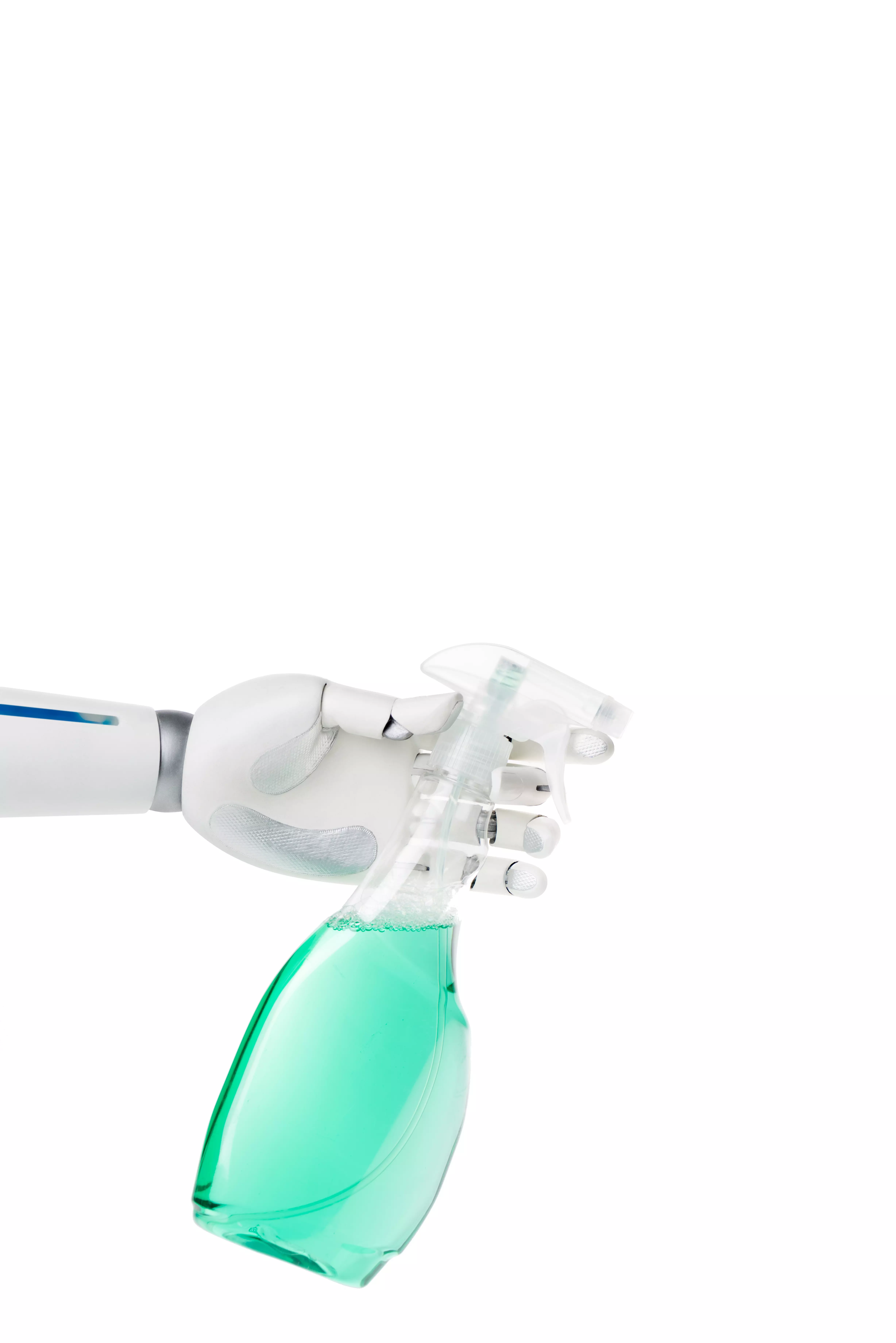Veterinary departments vs bird flu prevention
Veterinary department and bird flu how to effectively counteract?
Nowadays, bird flu poses a serious threat to the health of animals, as well as humans. The task of veterinary departments is not only to eliminate the effects of this disease, but also to prevent its spread. In this article you will learn how veterinary departments rise to the challenge and how to effectively counteract bird flu.
Identification and isolation of outbreaks of infection
One of the primary tasks of the veterinary department is to identify outbreaks of avian influenza infection. Through cooperation with breeders and observation of the market, veterinarians often manage to detect and isolate outbreaks of infection at an early stage. If an infection is found on any farm, veterinary departments take immediate action to protect other animals and prevent further spread of the disease.
An effective way to isolate an outbreak of infection is to implement a sanitary-epidemiological zone. All animals infected or potentially infected with avian influenza are immediately isolated from healthy individuals. These measures are designed to reduce the risk of infection and minimize damage to farmers.
Artificial outbreaks and disinfection
In addition to natural outbreaks of infection, avian influenza can also pose a threat from so-called artificial outbreaks. These are places where there is an increased risk of contact with infected birds, such as markets and animal trading farms. Veterinary departments take appropriate measures to minimize this risk.

One of the primary measures used by veterinary departments is regular disinfection of places where there is a risk of contact with avian influenza. This applies to both public and farmer-managed sites. High-quality disinfectants, available on the market, make it possible to effectively control the pathogens responsible for avian influenza.
Prevention and education
One of the most important ways to counteract avian influenza is to prevent its spread. Veterinary departments conduct awareness campaigns to educate farmers, agricultural workers and the community at large. The aim of these activities is to raise awareness of the risks of avian influenza and how to prevent it.
It is important to remember that it is particularly important to apply bio-assurance measures on livestock farms. Well-planned and carried out disinfection procedures, personal hygiene, control of access to farms, as well as monitoring of animal health are essential elements in the successful fight against avian influenza.
Controlling the import and transport of birds
Veterinary departments also control the importation and transportation of birds. All animals are subject to strict quarantine and medical inspection procedures. This makes it possible to detect and isolate infected individuals even before they enter a market or breeding farm.
If imported birds are found to be infected, veterinary departments order the recall of all animals associated with that shipment. This is done to minimize the risk of further spread of the disease and to protect breeders and food consumers.
Summary
Veterinary departments play a key role in the fight against avian influenza. Thanks to their actions, it is possible to effectively counter this dangerous disease. Identification and isolation of outbreaks of infection, disinfection, public education, and control of importation and transportation of animals are the main directions of activities undertaken by veterinary departments. This makes it possible to minimize the risk of avian influenza and protect the health of both animals and humans.